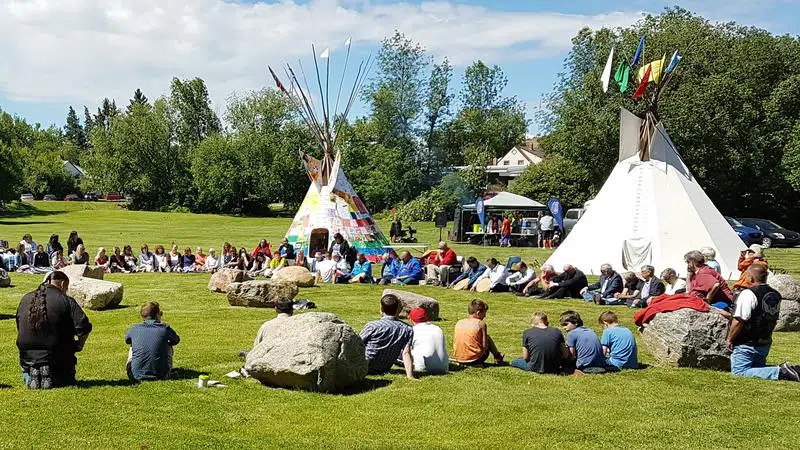
Red Deer affirms commitment to Indigenous partners
It’s been nearly three years since The City of Red Deer co-signed a protocol agreement with the Urban Aboriginal Voices Society (UAVS) in an effort to ensure local Indigenous voices are heard at City Hall.
Since the signing in June 2017, a Protocol Agreement Steering Committee (PASC) has worked to craft a slate of goals the City can strive to accomplish alongside its Indigenous partners.
The protocol, which is on display inside Council Chambers at City Hall, represents a shared commitment to respectfully and collaboratively address issues that are of common concern.
The new goals approved by city council on Monday include:


